


It’s a telling fact that many people opt to defend heinous business practices by appealing to successfulness. We all enjoy the medium and we long to see it prosper. It would hardly be sensible, say some, to propose the very antithesis of a safe and lucrative business model. So it is decreed that although it may indeed be deplorable to exploit, reject and offend, so long as such methods keep a company prosperous they are deemed good because of traditional capitalist immorality.
Dubious though these claims may be (myths and truisms hardly make for foolproof strategies) they serve well in demonstrating what is considered to be hallmarks of good business. The safety of common industry practices speaks of what is expected of the medium and of companies seeking success. By revealing what is accepted as the most profitable approach because of what best appeals to audiences, these standards describe the dominant forces in control of the medium.
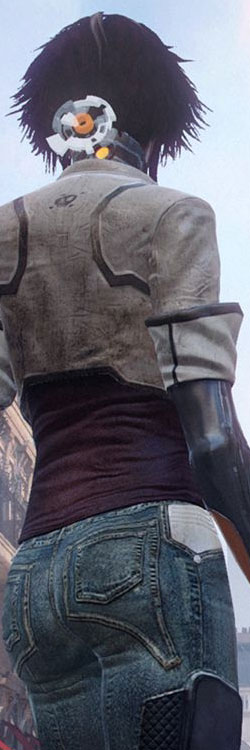 This was recently the case with Remember Me. When talking to The Penny Arcade Report, Dontnod’s creative director Jean-Max Morris spoke of interactions with publishers concerning Nilin, their female protagonist. What was reported has since caused quite a stir. While the game was being showcased, various publishers bristled at the thought of having to play as a woman. Not only would it be commercial suicide, players might explode in discomfort when Nilin involves herself romantically with a male character. By conversion of player agency, vicarious heterosexuality leads to perceived homosexuality and that is icky and gross.
This was recently the case with Remember Me. When talking to The Penny Arcade Report, Dontnod’s creative director Jean-Max Morris spoke of interactions with publishers concerning Nilin, their female protagonist. What was reported has since caused quite a stir. While the game was being showcased, various publishers bristled at the thought of having to play as a woman. Not only would it be commercial suicide, players might explode in discomfort when Nilin involves herself romantically with a male character. By conversion of player agency, vicarious heterosexuality leads to perceived homosexuality and that is icky and gross.
Except, presumably, when the projected homosexual relationship involves only women. In such cases, the business model remains safe; the vicar need not be notified. Women have been playing as heterosexual men for decades now. They’ve been Nathan Drake kissing Elena. They’ve been Solid Snake staring at Meryl’s bottom. Not a thought has been spared for the theoretical plight of the woman as it is seldom considered that women might be interested in these games. The golden rule nestled comfortably in the minds of publishers and gamers is simply this: the player is male.
This is not so much an assumption as a tenet, forming the basis by which major creative decisions are made. As the unnamed publisher rebuked Dontnod, this belief in the male audience should inspire the direction of any game prospecting success. The player is male, design your game suitably.
As it happens, a handy concept describing this phenomenon is readily available within the feminist lexicon: the male gaze.
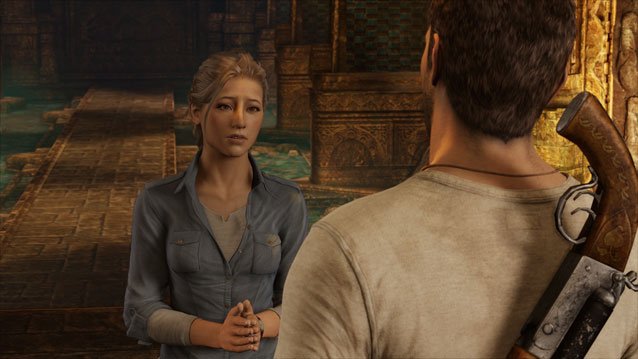
In film theory, ‘gaze’ refers to the overall perspective offered by the arrangement of all the elements of a movie. The camera acts as a viewport into another world - the nature of the medium is such that the viewport and everything depicted therein lies under the control of the authors. The composition of a shot informs the viewer of what he/she should be focusing on, so the gaze of a particular shot speaks of how it is to be interpreted, what meaning it carries, how it relates to the audience – essentially, its nature. I am the machine that reveals the world to you as only I alone am able to see it.
In her 1975 essay ‘Visual Pleasure and Narrative Cinema’, Laura Mulvey advanced ‘the male gaze’ as a concept relevant to film critique. The male gaze is simply a gaze characterized by heterosexual masculinity, where the authors flaunt these traits through compilation of the final product. In essence, male gaze lives within the relationship between a piece and the intended audience, notable in particular when it is assumed that the audience will be titillated by the sexualisation or role reduction of female characters. The male gaze involves the relegation of female characters to objects of affection or attention for male characters and for the audience. It can range from nuns dressing in provocative skin-tight latex to introducing female characters bum-first to leery, cleavage-catching camera angles and needlessly suggestive groans.
There is also the female gaze, when the eye that sees the world reveals one appealing to feminine sensibilities, although such a gaze is arguably comparatively rare. The prevalence in cinema of the male gaze over the female gaze indicates an asymmetry of power in favour of the male audience. This by no means implies the audience is always male or that every male individual in the audience especially revels in a scene’s depiction, but rather that the piece thrusts onto the audience a distinctly male point of view.
Although originally attributed to film, the concept of the male gaze is easily compatible with the medium of games, if not made even more relevant by the added factor of player participation. Often enough, the player is granted direct control of the camera and can choose within limits his/her view into the world. This fact alone has amounted to overt, wilful exercising of the male gaze on in-game events and even on female protagonists, such as when the player is actively rewarded for angling the camera to peer up Juliet’s skirt in Lollipop Chainsaw.
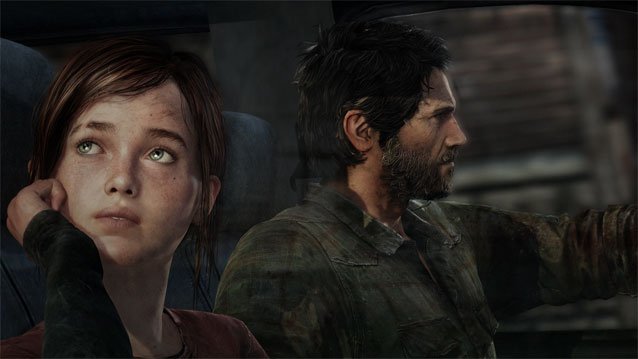
Combine this with the power to manipulate characters and elements within the game world, apply mods, exploit animations, what have you, and the nature of the gaze becomes a much more complicit, more active and less innocent affair. Whereas in cinema the audience is passive in experiencing the presented piece of media, in videogames the player is only at least passive.
What is depicted in Dontnod’s tales of their dealings with publishers is not just a preference for catering towards a male audience but also a direct dismissal through negligence of women as potential players and females as potential characters. Here, Remember Me fails to conform to the dominant gaze by virtue of the prominence of Nilin. Female characters are typically kicked to supporting roles for male protagonists, such as in BioShock Infinite and The Last of Us. Prioritization of women as characters in their own right is a challenge to the status quo – a risky business move that could greatly upset an enormous bunch of male players.
The principles underlying the male gaze can be extrapolated even beyond this context to account for all sorts of caustic industry phenomena. We have recently held witness to the demotion of female characters off the front cover of the box. Naughty Dog fought tooth and nail against publishers to keep Ellie in the foreground of The Last of Us, while Irrational Games happily ejected Elizabeth to the back cover so as not to offend the fragile tastes of the fratboy demographic.
Meanwhile, developers and publishers have dug themselves into holes over their dismissal of women in the realm of gaming. Ron Rosenberg’s joyous detailing of the attempted raping of Lara Croft and his assertion that players would rather protect her than be her betrayed a bias for the male audience, as well as revealing an enormous gulf between himself and a gruesome reality he perceived as only entertainment. Elsewhere, John Hemmingway’s ‘Girlfriend Mode’ spoke of his beliefs on the shooter demographic and the correlation of ability with gender.
The constant assumption of a heterosexual male audience is so dominant within the medium, it leaks out and inspires torso figurines, the widespread practice of boothbabes, Top 40 lists objectifying women in the field, culturally accepted demarcation of women in competitive spaces, and so on.
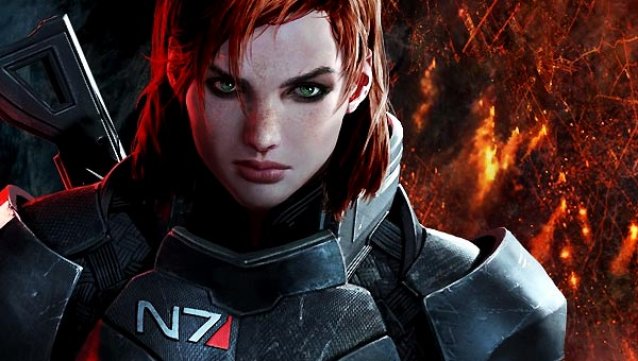
Barraged from all sides, the male gaze is such a dominant force it appears with little consideration as a blatant male-as-default attitude. Games default to male protagonists as a first order of business; those offering build-your-own character features always default to male – Mass Effect 2 was built around a male model, as accidents with sound files and character animations serve to remind us. Soldiers in shooters are naturally male, while suggestions of female models are batted away by budgetary constraints and semantic arguments over unfair collision detection. Even nameless, barking NPCs are identified as Adventurer and Female Adventurer, should we forget that an adventurer is male unless otherwise stated. There is absolutely no reason for any of this other than it being standard procedure.
The games industry operates on a set of values and norms evidenced through common practices, much as each individual game depicts certain values and meanings through its playing. When values held across the board are inextricably slanted in favour of one gender at the extreme cost of any other, what results is an alienating, hostile and stagnant atmosphere. Men in the industry are lavished with special treatment just as a matter of course. This is mirrored through the games we claim to love and protect.
So what happens when the male gaze becomes so dominant it controls the creative spirit feeding the medium? Games refusing to comply with the male gaze ethos are considered dead in the water. In demanding compliance with an overbearing and limiting male gaze, narrative homogeneity stifles creativity. Through decades of effort, we become the machines that reveal the world as how we are told we only can.
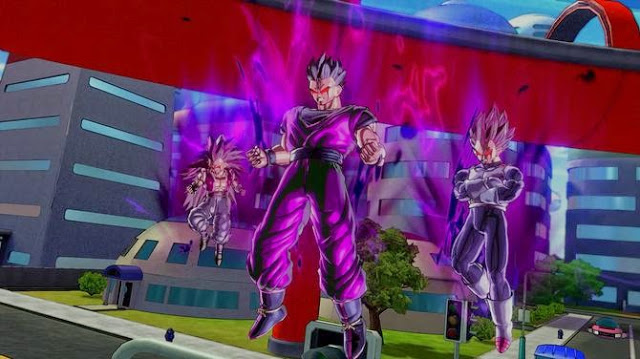
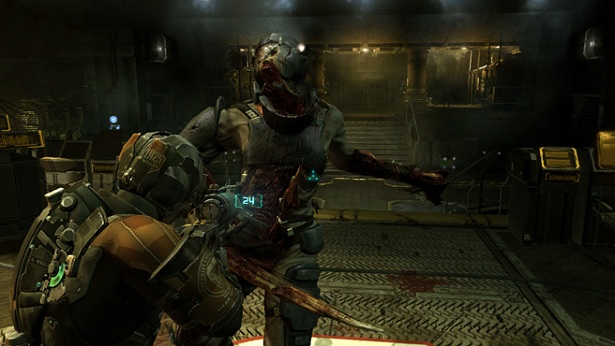


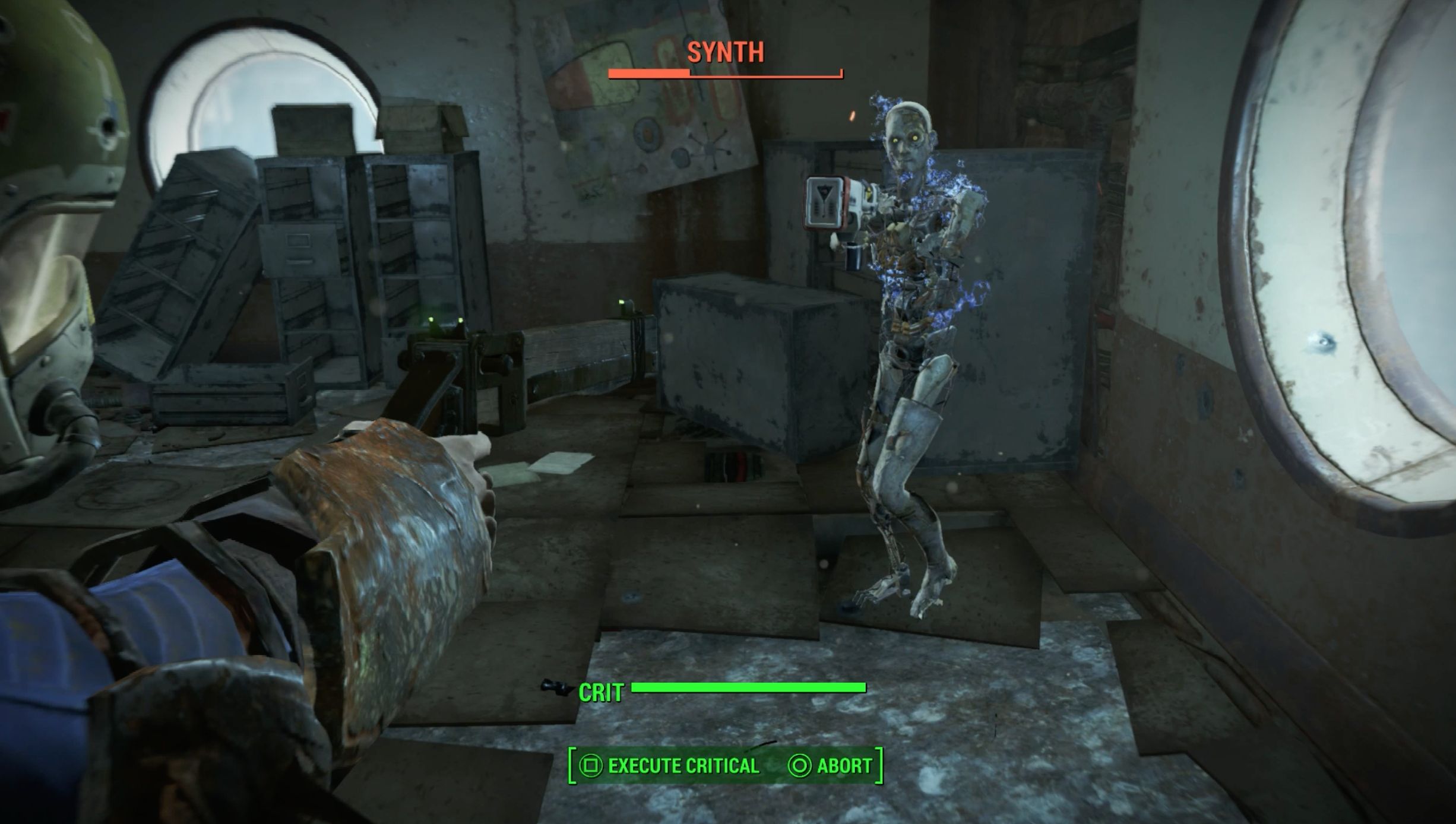 Fallout 4: Operation Ticonderoga walkthrough
Fallout 4: Operation Ticonderoga walkthrough Witcher 3: Hearts of Stone - Avid Collector Quest Guide
Witcher 3: Hearts of Stone - Avid Collector Quest Guide 8 Voice Tricks for Google Navigation That You Never Knew About
8 Voice Tricks for Google Navigation That You Never Knew About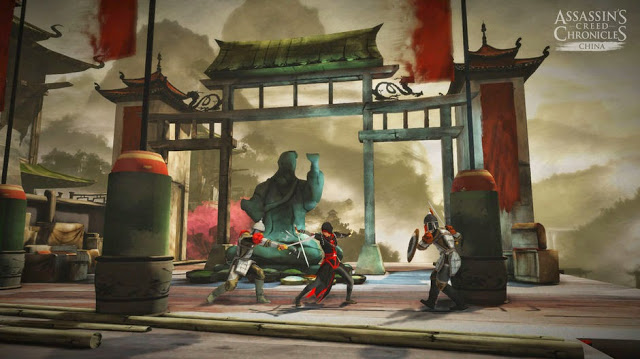 Assassins Creed Chronicles: China review
Assassins Creed Chronicles: China review Why you should definitely play Dark Souls 2
Why you should definitely play Dark Souls 2